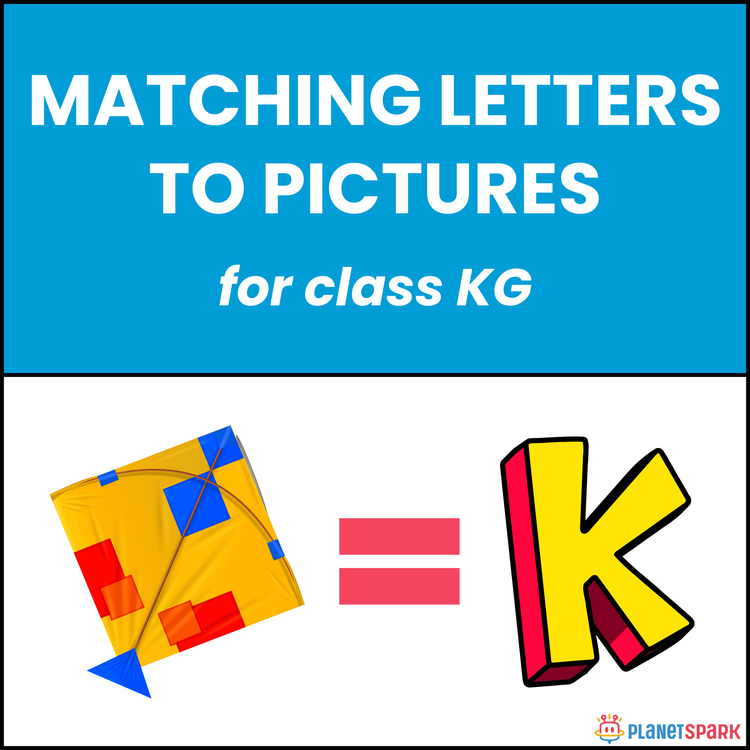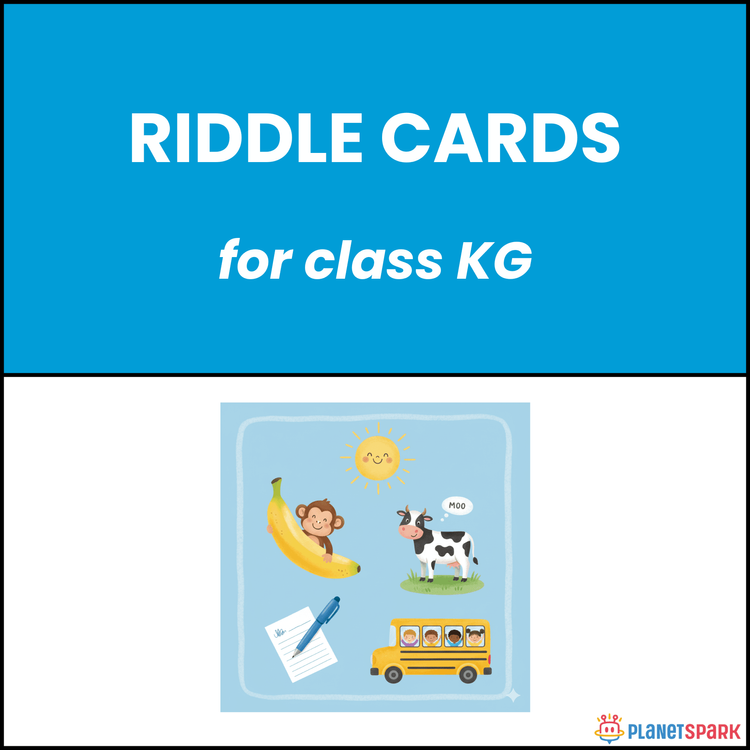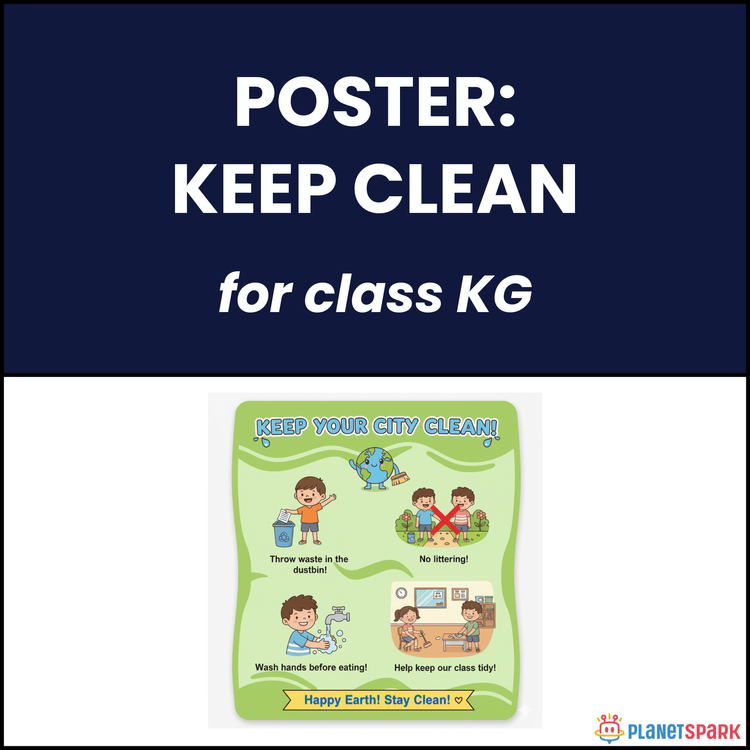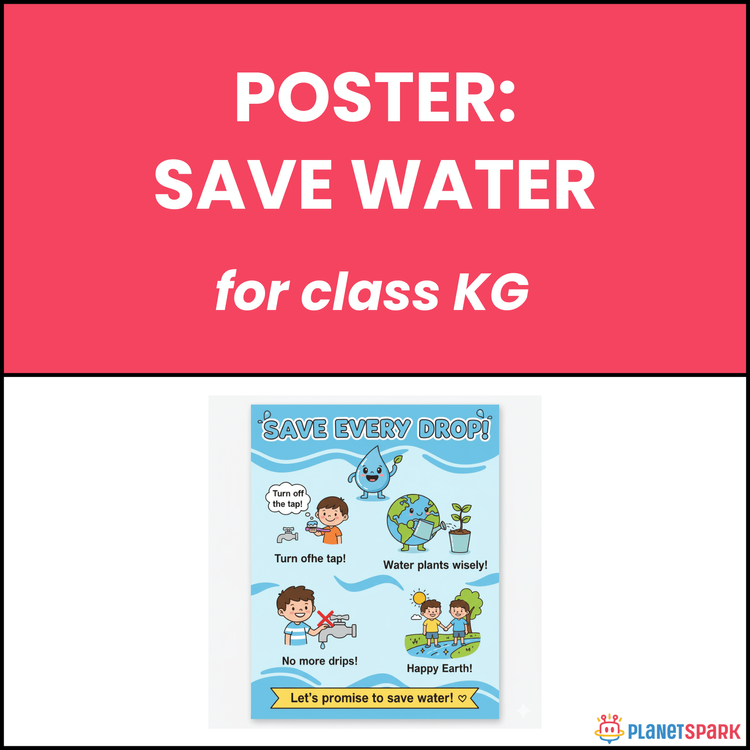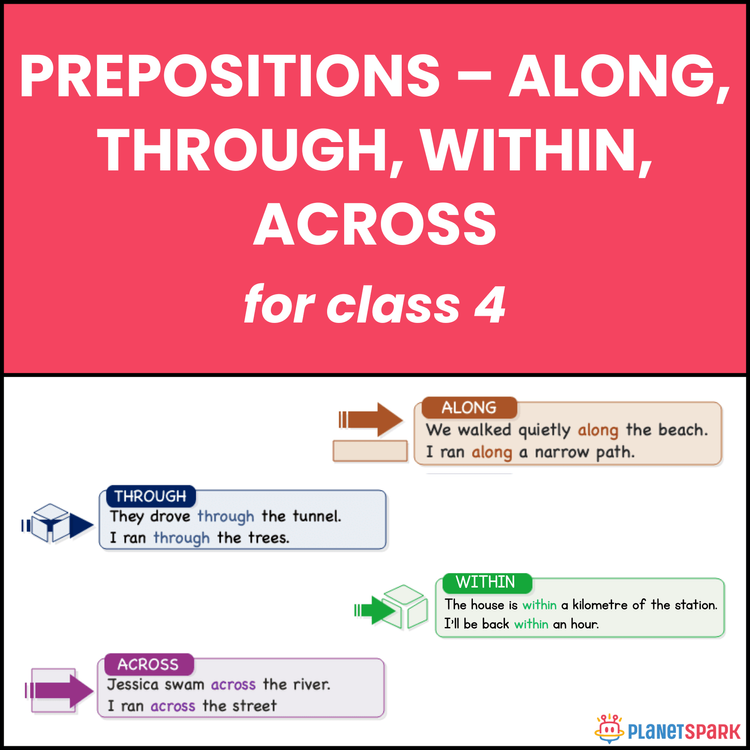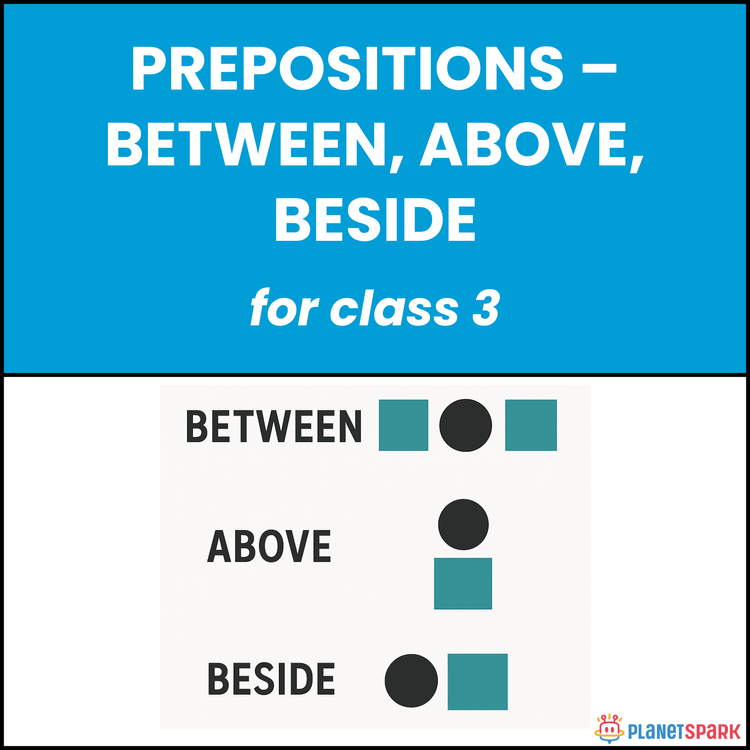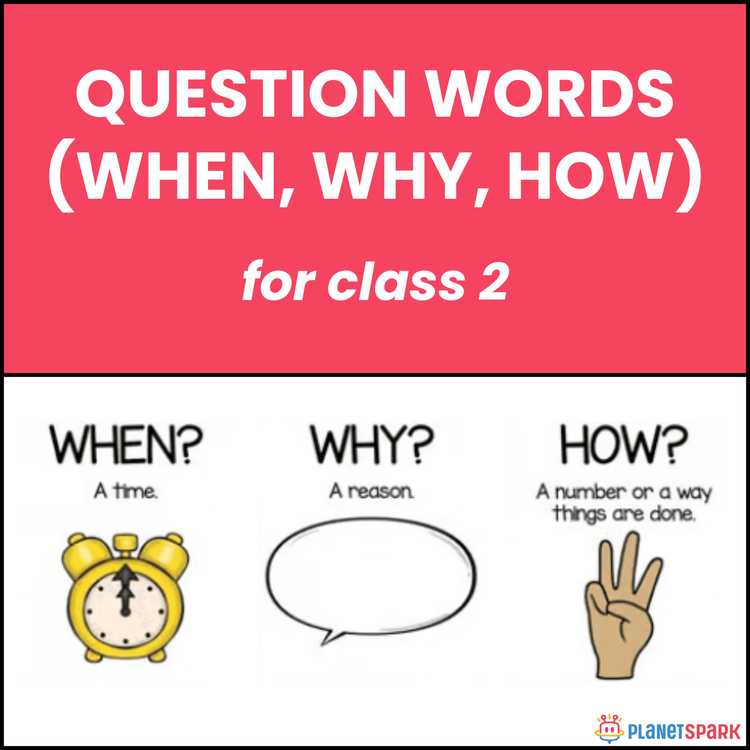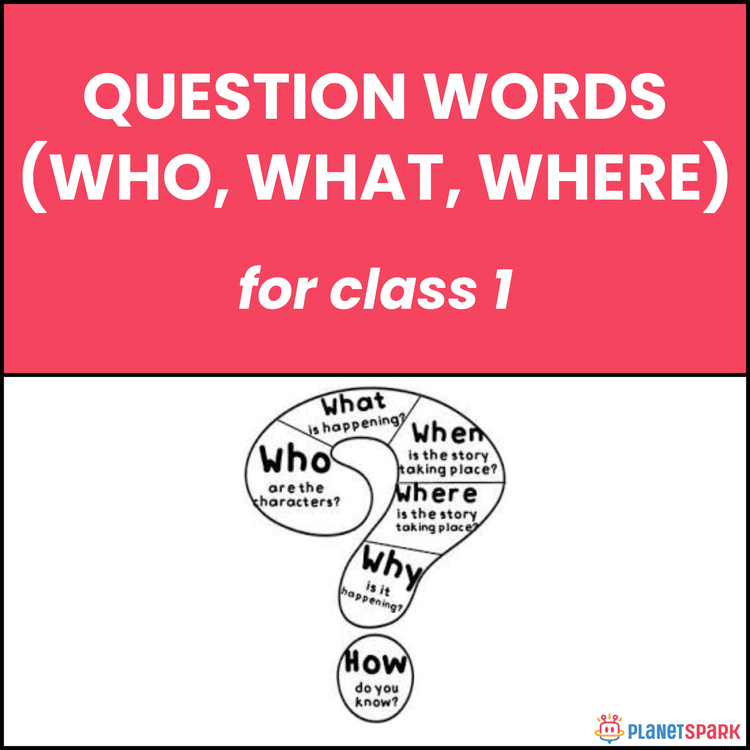Class KG Unseen Passage on At the Temple
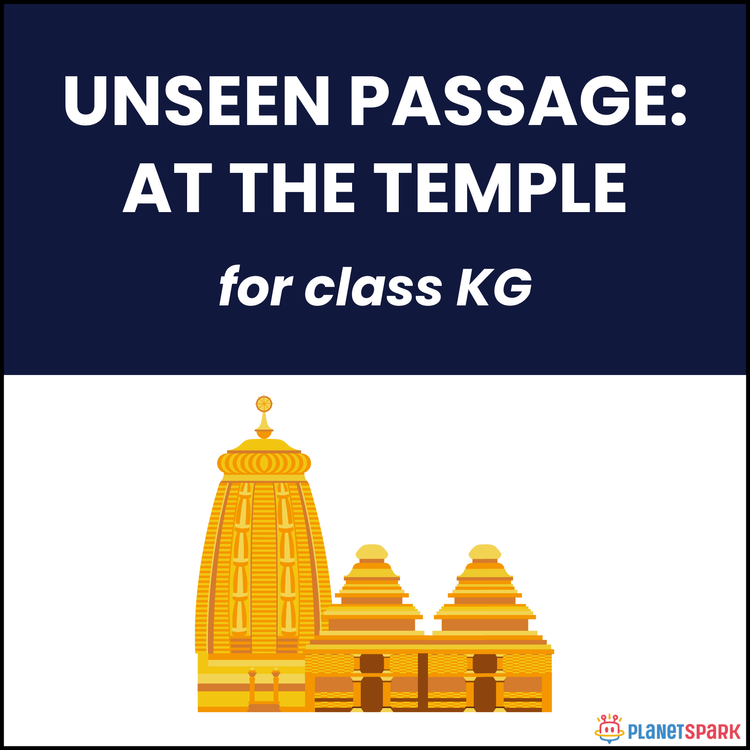

Class KG Unseen Passage on At the Temple
At the Temple: Reading Comprehension for Kindergarten
This Kindergarten worksheet introduces children to the passage "At the Temple." The story describes a family visiting the temple, removing shoes outside, hearing a bell ring, watching people pray, and seeing the priest light a lamp. Flowers are kept near the altar, the temple is bright and clean, and everyone feels calm inside. It helps children build reading fluency, recall, and vocabulary while connecting with real-life places.
Why Reading Comprehension Matters in Grammar?
Reading comprehension is essential for early learners because it:
1. Builds vocabulary with real-life words like temple, bell, lamp, altar, flowers.
2. Strengthens focus and memory through fact-based questions.
3. Encourages awareness of everyday cultural and community places.
4. Connects grammar and reading with real-world experiences.
What’s Inside This Worksheet?
🧠 Exercise 1 – Read the Passage: A short description of a family visiting the temple, hearing the bell, and praying together.
✏️ Exercise 2 – Answer the Questions: Multiple-choice questions to check recall and understanding.
Answer Key (For Parents & Educators)
Exercise 2 – Multiple Choice Questions
1. Where did the family go? → Temple
2. What did they remove outside? → Shoes
3. What rang loudly? → Bell
4. Who lit the lamp? → Priest
5. What was the temple like? → Clean
6. What did children do? → Stand near parents
7. Where were flowers kept? → Altar
8. Who was with children? → Parents
9. What did people do with hands? → Fold
10. How did everyone feel? → Calm
This worksheet makes comprehension engaging and meaningful, helping Kindergarten learners connect stories to real-life experiences.
Support your child’s literacy journey with this temple worksheet.
Frequently Asked Questions
They make reading meaningful and build stronger vocabulary.
They let children practice understanding new text on their own.
By reinforcing reading habits and focus in young learners.
